“Action!” an authoritative voice yells out, filling the cramped living room of an 800-square-foot Brooklyn apartment. Abby Jenkins stands behind a camera, watching like a hawk over the scene unfolding before her. Opposite her, a small clump of actresses stand in a circle, fuschia-hued cloaks cascading over their shoulders. In a flash — one plunges a prop knife downwards. Below her, a crew member lies in wait, suddenly squeezing an Aquafina bottle filled with cornstarch and red food coloring, and ‘blood’ splatters across the actresses’ face. Jenkins watches, just off-camera, a smile forming on her mouth as she sees her vision coming to life before her eyes.
Jenkins, 22, is a senior at Marymount Manhattan College set to graduate this May from the college’s Film and Media Production program. The production of her senior capstone film, Girls Just Wanna Have Fun, is the last milestone she must surpass before she can receive her degree. Jenkins is one of the many independent filmmakers taking the industry by storm.
Just recently, the indie film Anora from Neon and director Sean Baker swept awards season, with lead Mikey Madison claiming the coveted best actress accolade at the Academy Awards. Baker’s film, shot with a small crew of 40, and a $6 million budget, is a beacon of hope for other independent filmmakers, like Jenkins, hoping to achieve the same success.
However, this level of success is easier said than done. Independent films—those that are produced outside of the major studio circuit— operate with far less resources than their blockbuster counterparts. For comparison, fellow best picture nominee Wicked, produced by Universal Studios, had a whopping budget of $145 million. And with the rise of digital streaming, indie film studios like A24 and Neon must work even harder to cement their place in the industry.
Jenkins, sitting in the back of a worn-down escalade, stares down at her phone. Filming equipment rattles in the trunk as the car makes its way into Brooklyn’s Crown Heights neighborhood. The early morning sun shines across her face, illuminating a look of worry across her eyes. “I’m really stressed out about the shoot today,” she says, voice tinged with stress. “We just have a lot to get through.”
On this Sunday, Jenkins plans to film the bulk of her short film. Joined by a small cast and crew, consisting of mostly Marymount Manhattan students, the group has their work cut out for them. “It’s looking like a twelve-hour day,” Jenkins turns to Thalia Torio, the film’s director of photography, who is sitting next to her. “That’s fine, we’ll knock it out,” Torio retorted. Jenkins glances down, hands fidgeting with lingering stress.
The film, Jenkins explains, is “about a group of college girls who are frustrated with the dating scene and go to extreme lengths to find their true love. At its core, it’s really about female rage, empowerment, and frustrations with the modern dating world.” Taking inspiration from her own troubles with dating, Jenkins says “I went through a pretty tough breakup where I kind of went through all of these different stages of grief, anger, and growth. So, I took a lot of those feelings, and tried my best to make it into art.”
The escalade arrives outside a small, somewhat battered apartment building. Jenkins and Torio hop out of the car, and immediately begin unloading cameras, costumes, and props from the trunk. Upstairs, organized chaos unfolds as the crew makes preparations for their long day of filming. Dana Paz, responsible for the film’s wardrobe, sifts through costume pieces and hangs them on a closet door. Amelia Coventry, the film’s production designer, tacks posters into the wall of the apartment’s living room.
“I just have such a strong support system,” Jenkins says when discussing her crew, “It’s really important to find people who are willing to create with you, because it’s a lot of work. It’s a lot of different jobs, and a lot of different aspects that go into it. Having the right people to be a part of your team is really, really important.”
The shoot begins in the early afternoon, but as the sun proceeds to fall below the Brooklyn skyline, filming starts to progress beyond the 12 hour timeframe. Tensions rise on set, actors nap between takes, and crew members eagerly await the final “Cut!” from Jenkins. Technical difficulties, wardrobe malfunctions, and creative differences all led to the lapse in timing.
“I’m not gonna say everything went smoothly and perfectly,” Jenkins said. “A lot of things went wrong, but I learned so much from this set. This could not have been done without every single person on my cast and crew. I am so proud of everyone who is a part of that, and I think I’ll feel the same way about myself when I can see the finished product.”
Now late in the night, Abby’s voice rings out, “Cut! I think that’s a wrap everyone!” Cheers from the crew bellow out, and Jenkins takes one moment to take in her surroundings. She wipes a tear from her face, before pulling her actors into a large group hug. After a grueling 15 hour shoot, Jenkins’ months of late-night rewrites, meticulous planning, and an obsession for capturing the perfect shot had finally come to an end.
Girls Just Wanna Have Fun is set to premiere at Marymount Manhattan College’s Fifth Floor Film Festival, scheduled for May 20. Here, Jenkins and her classmates will present their months of hard work. Afterwards, Jenkins plans to submit her film to festivals across the country, in hopes of gaining some recognition for the tireless efforts of her and her peers.

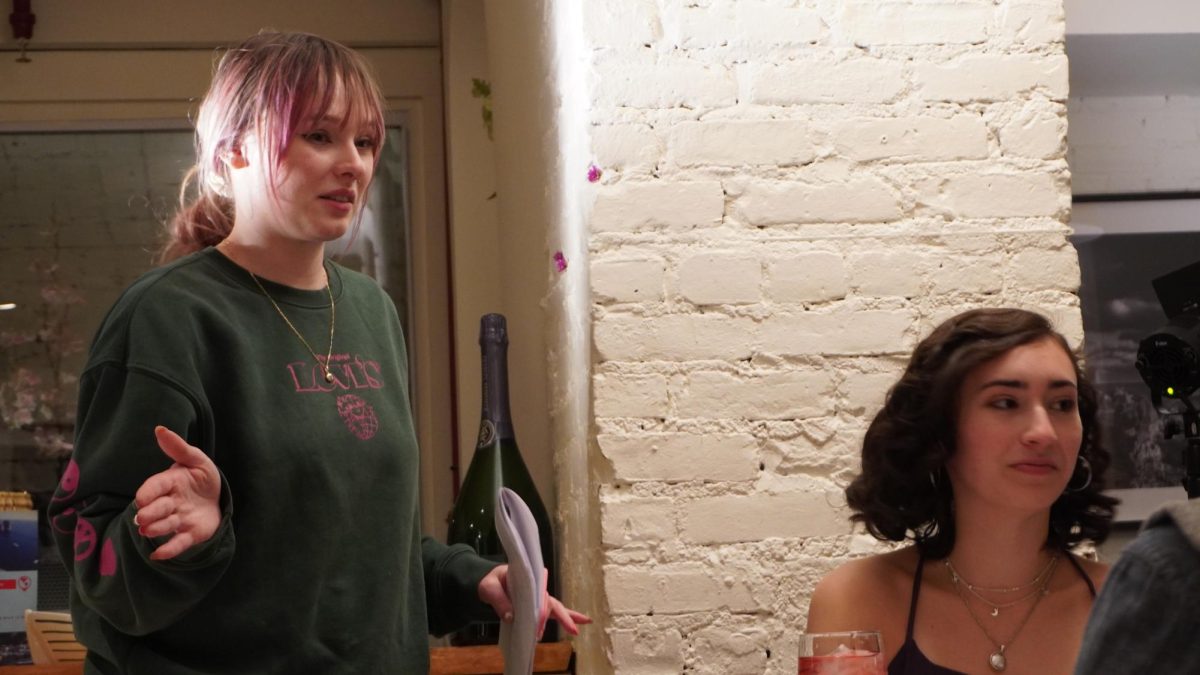




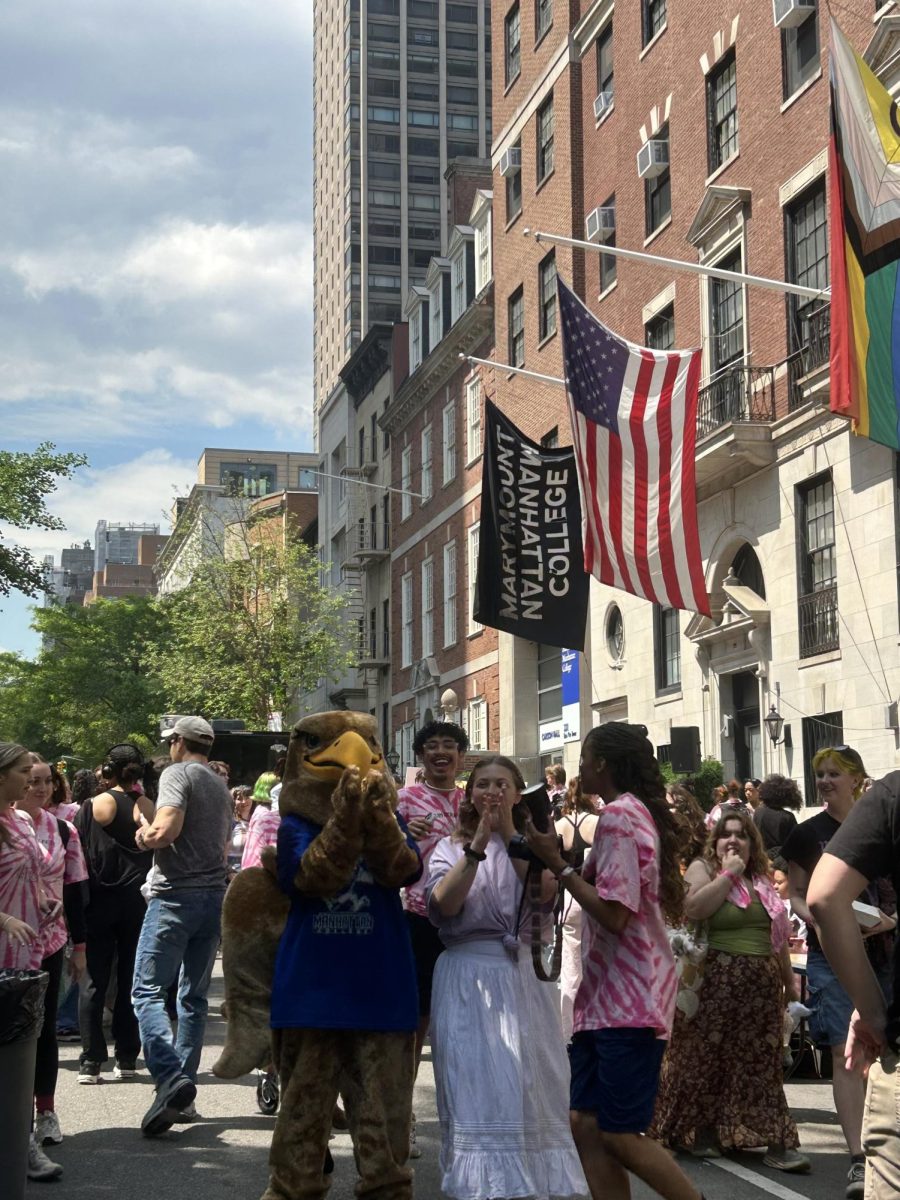
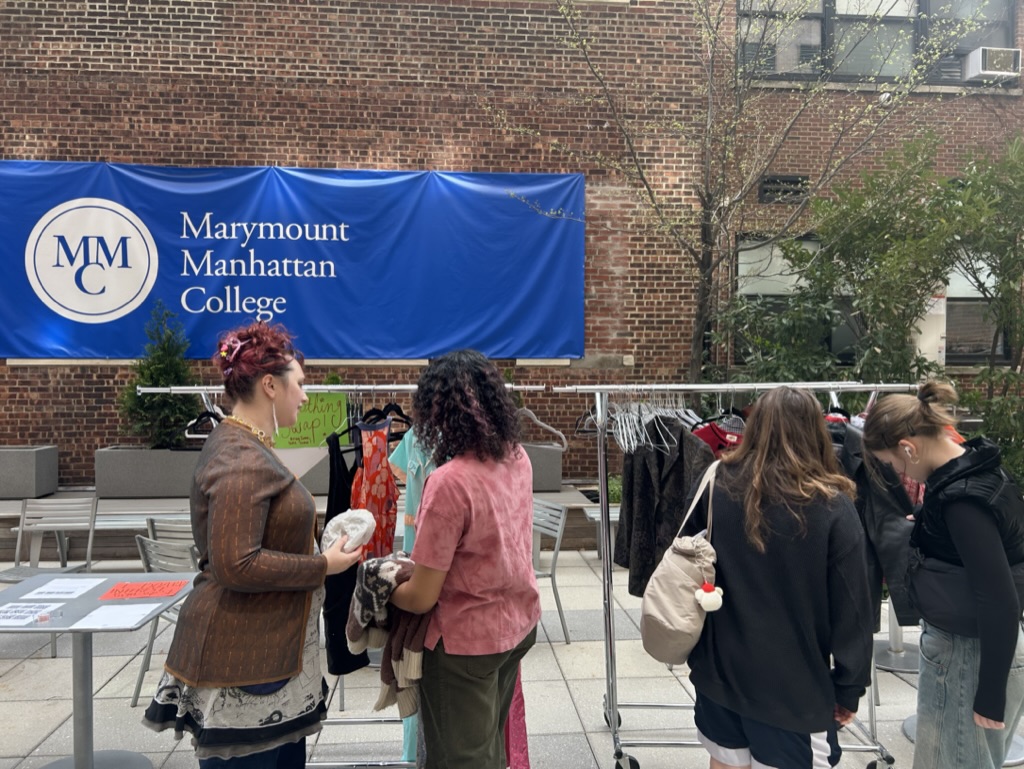
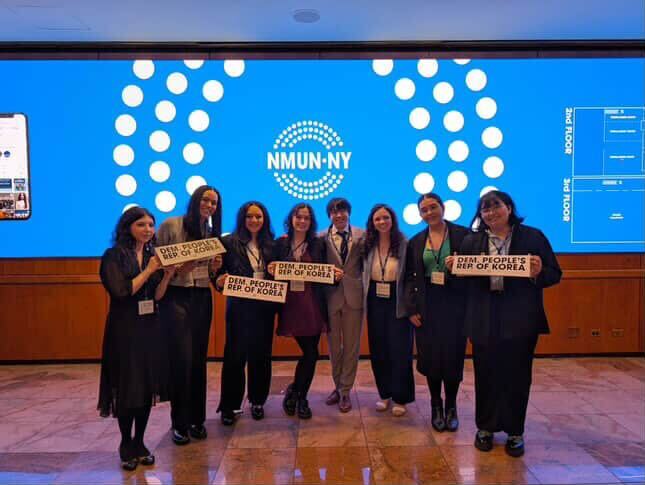
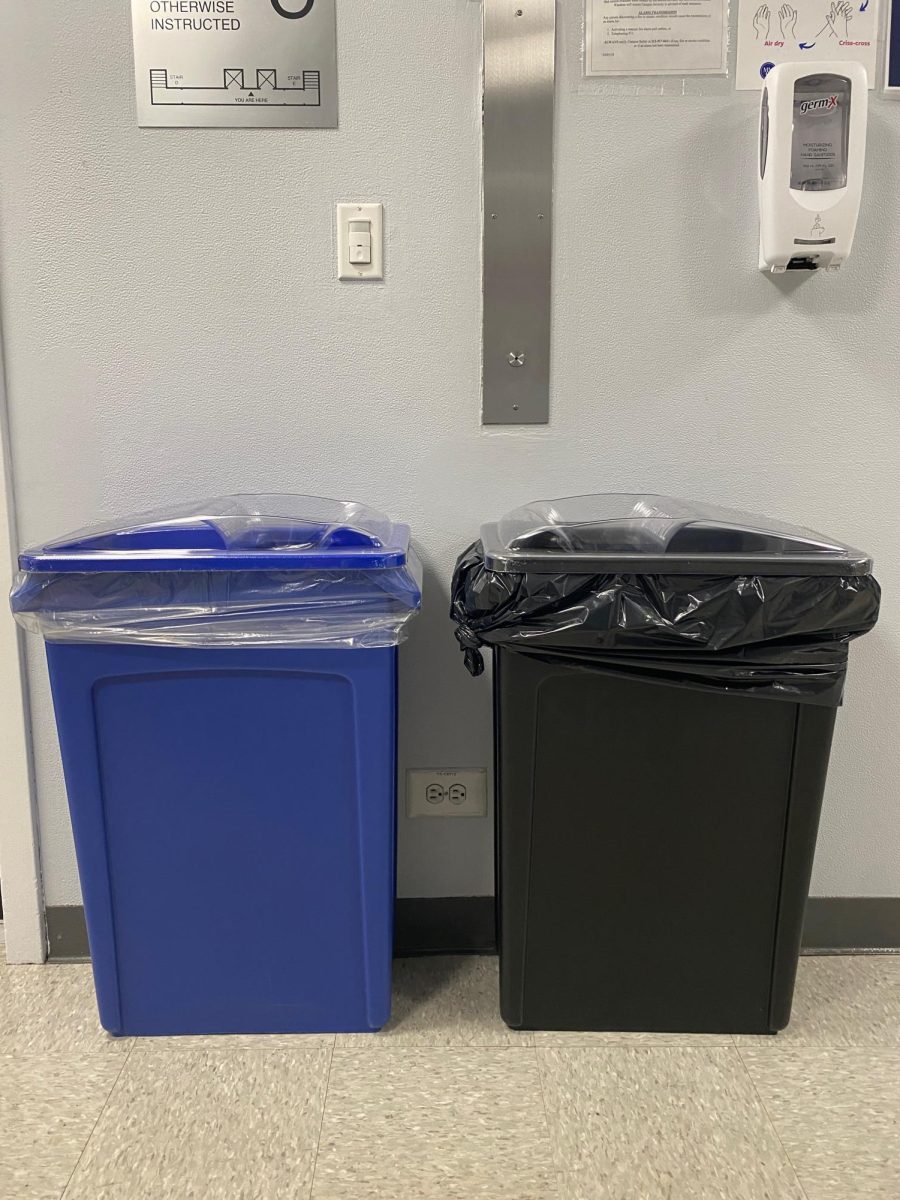
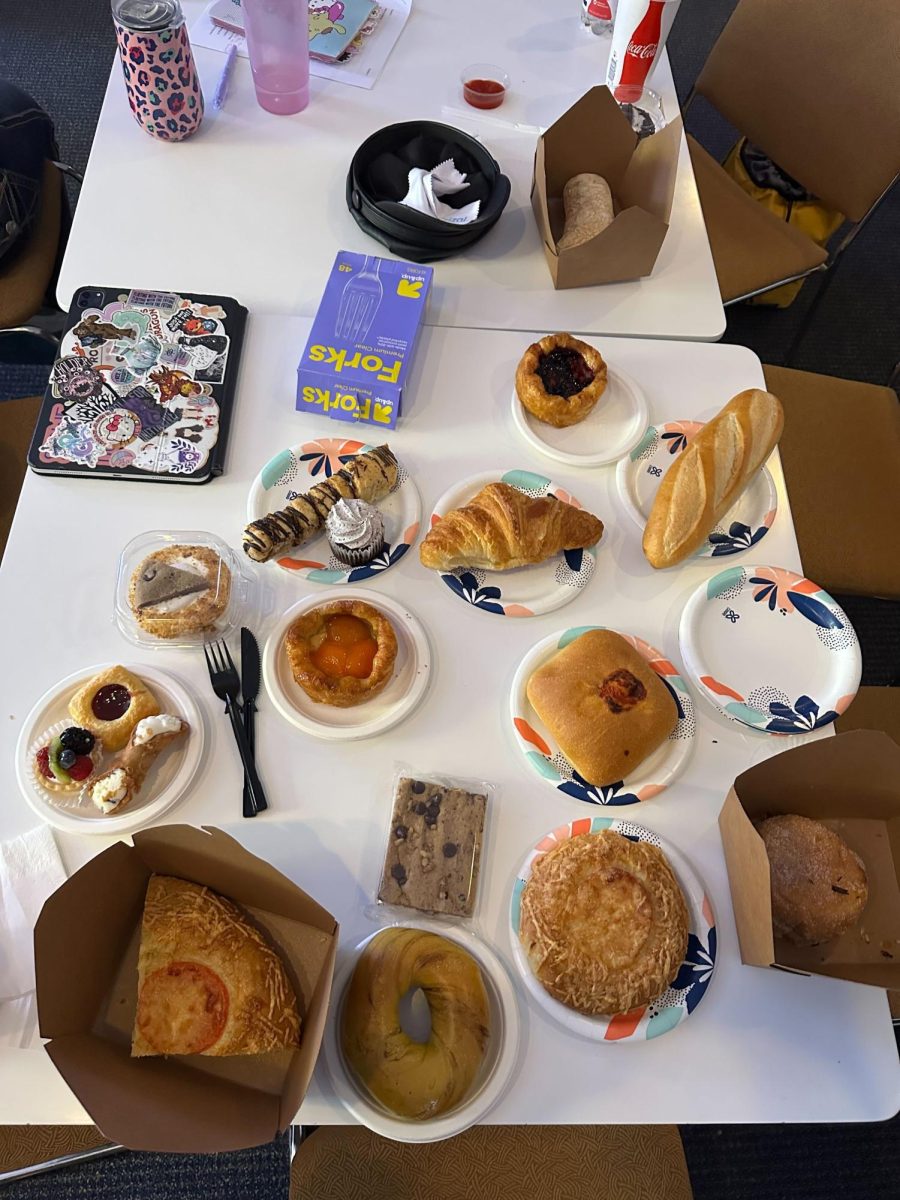

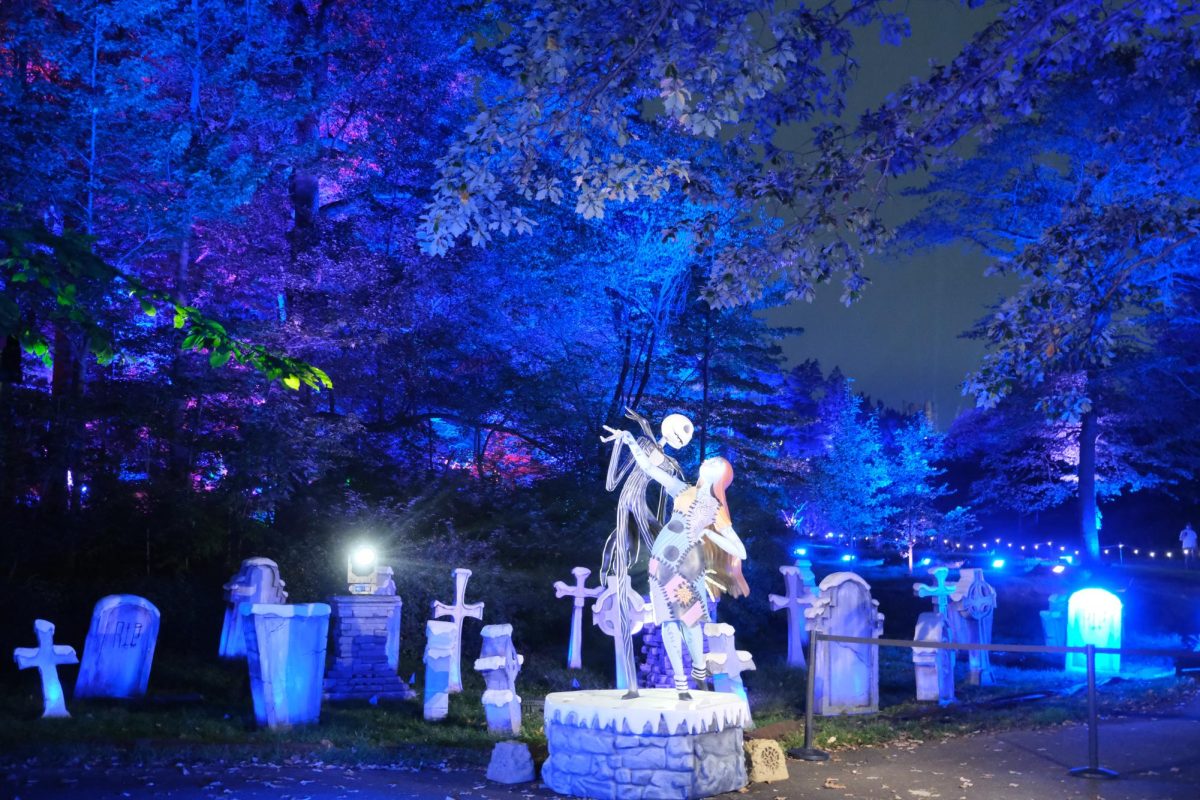
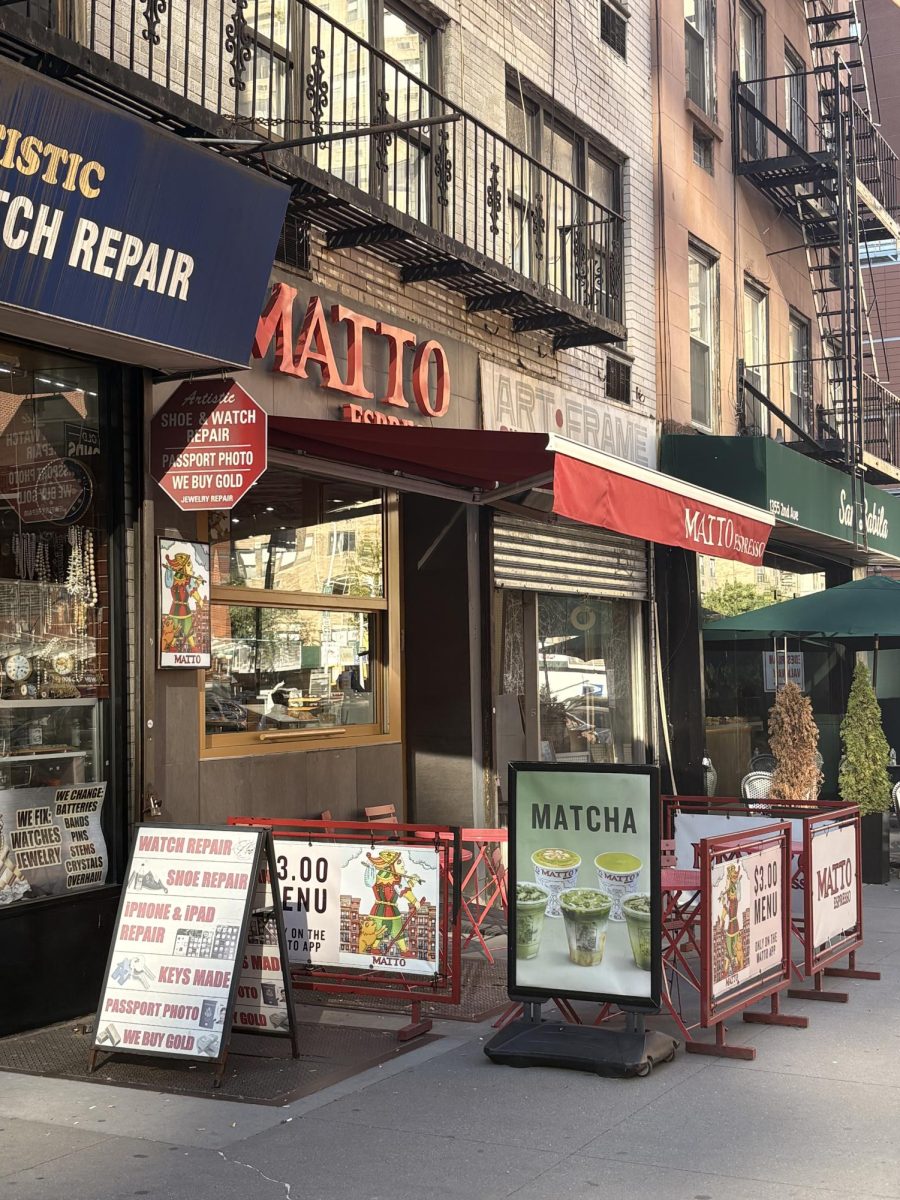
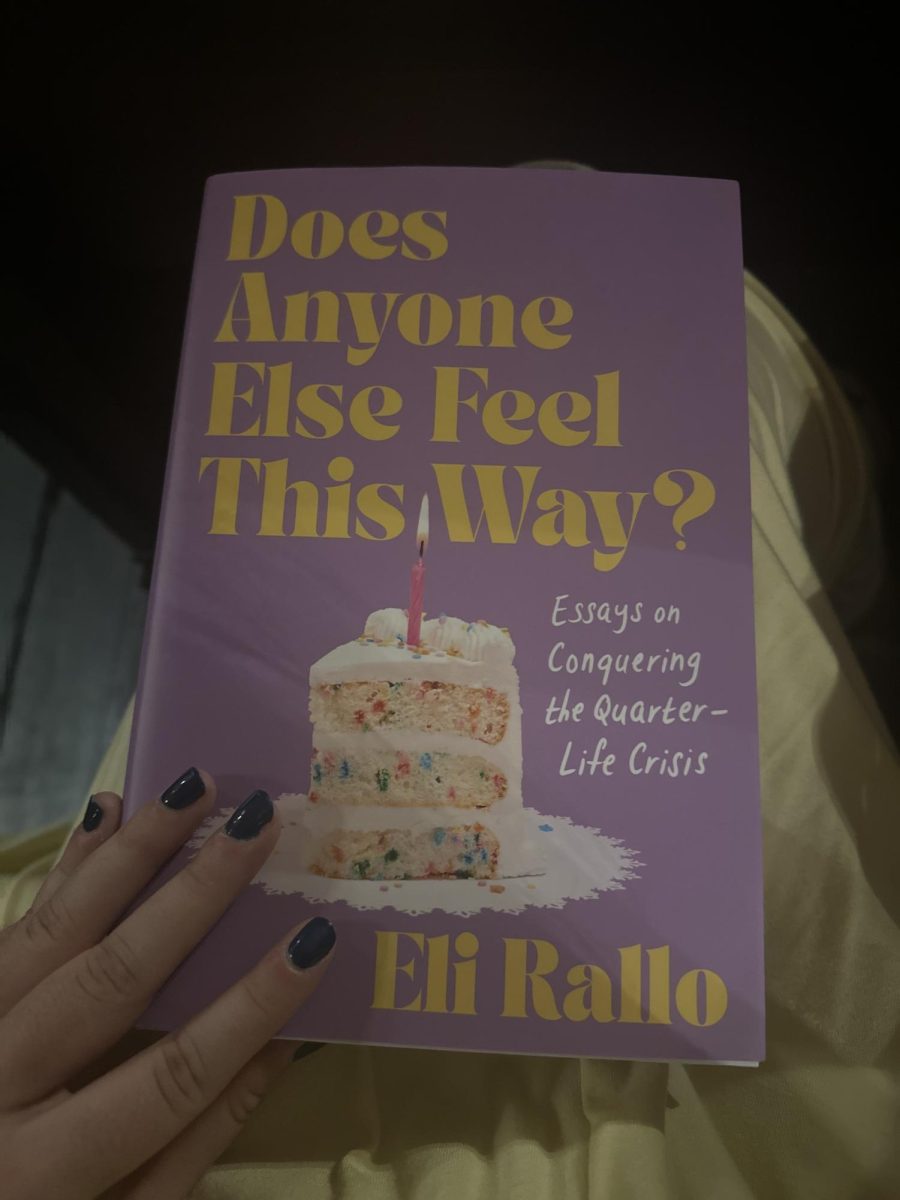
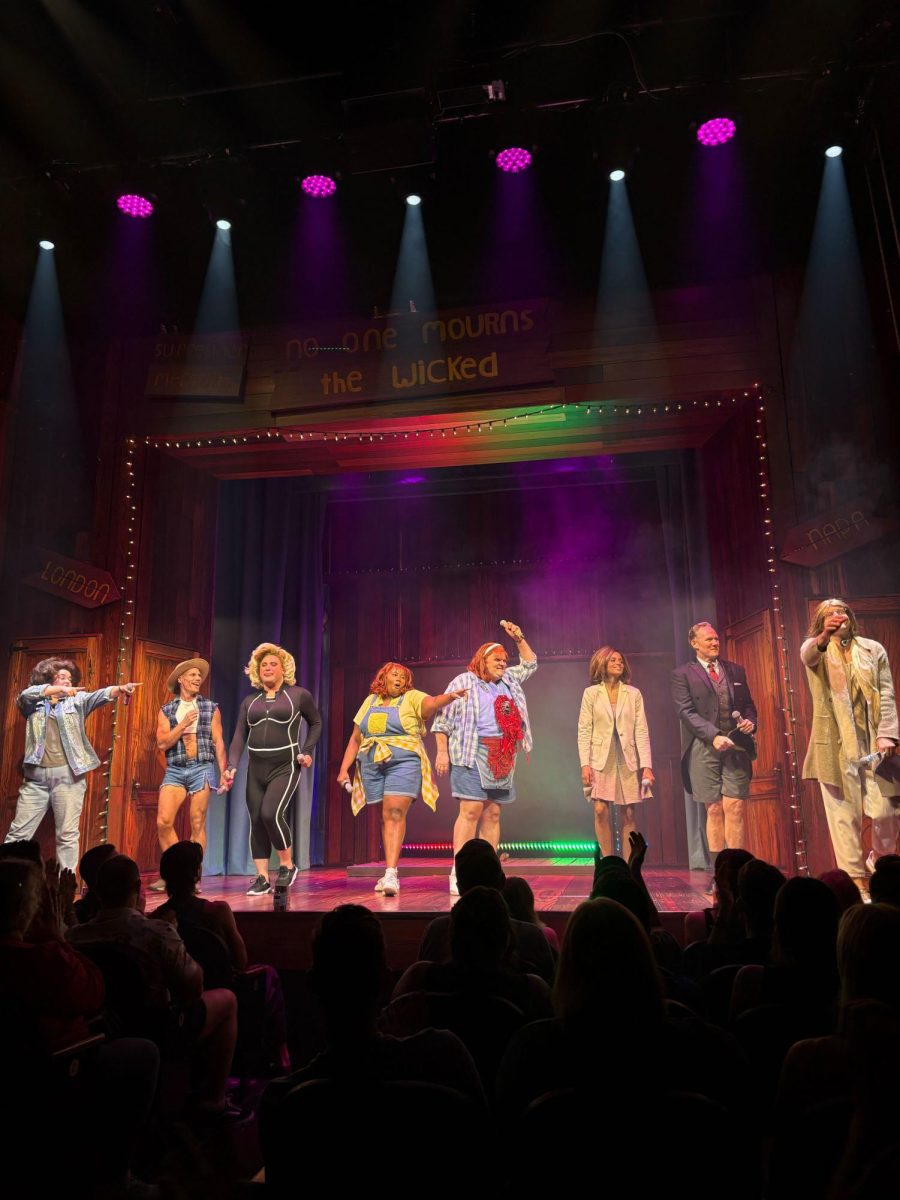

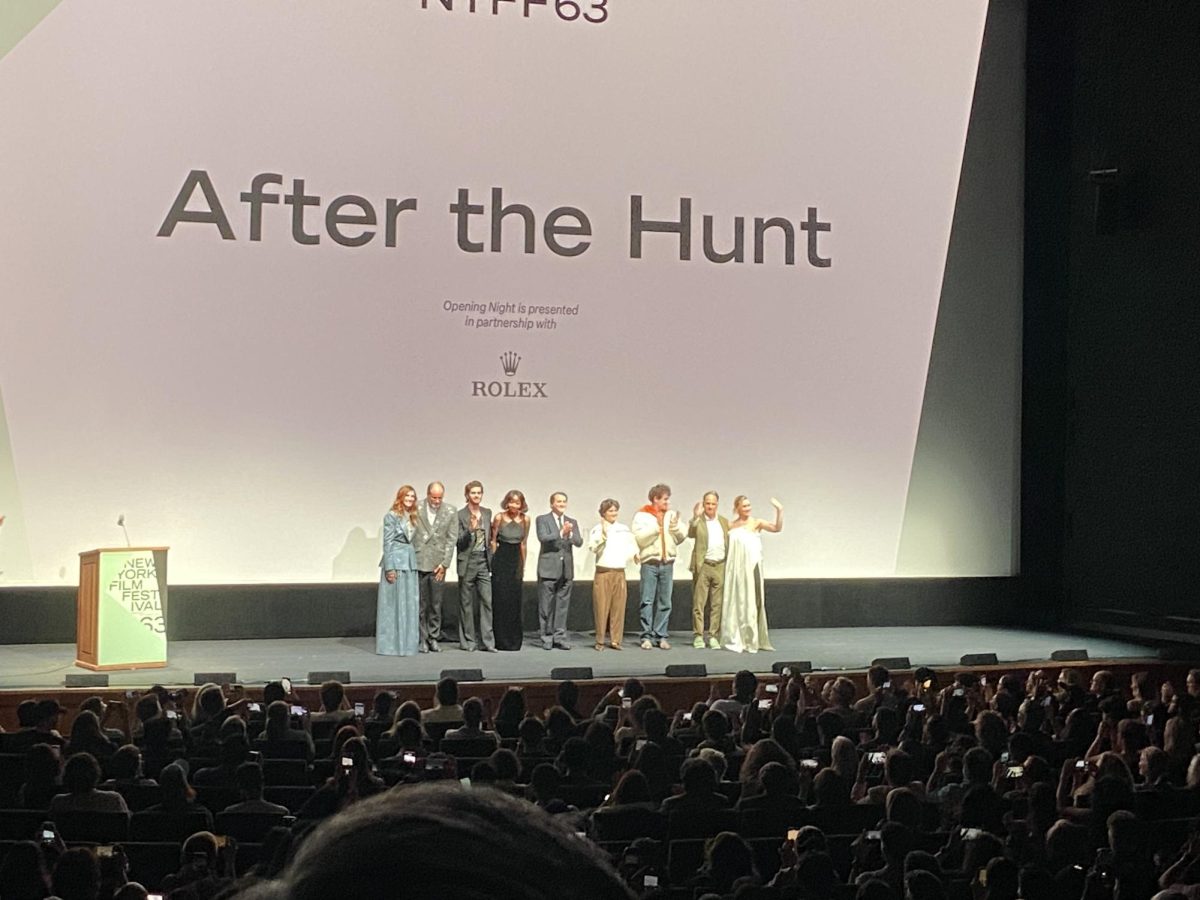

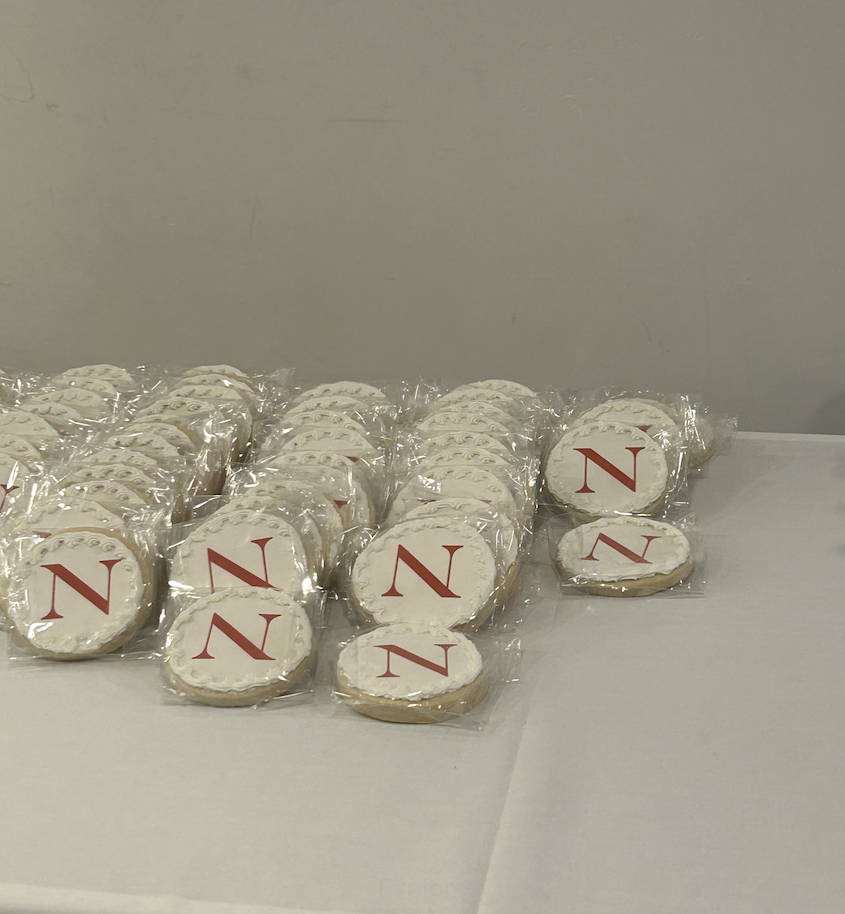

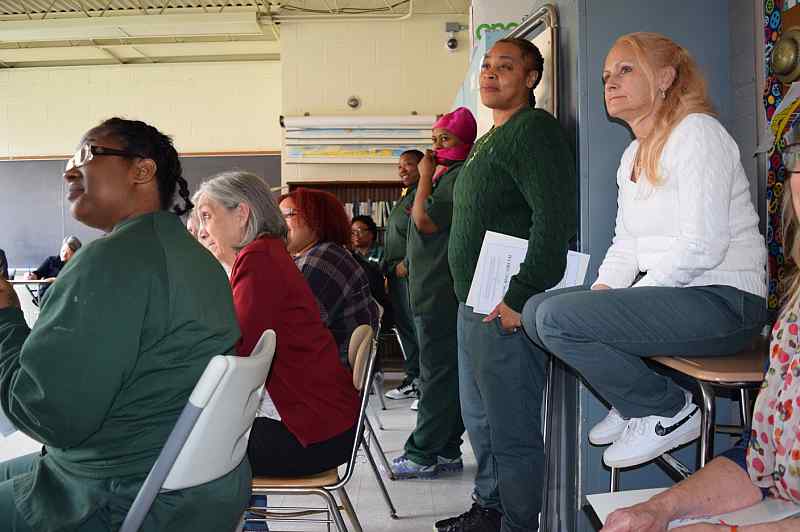



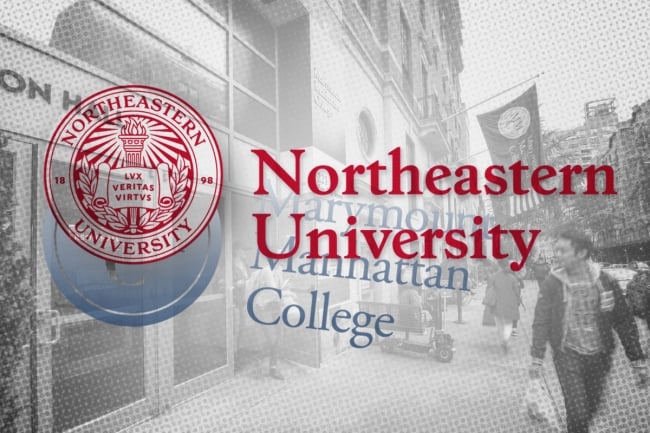

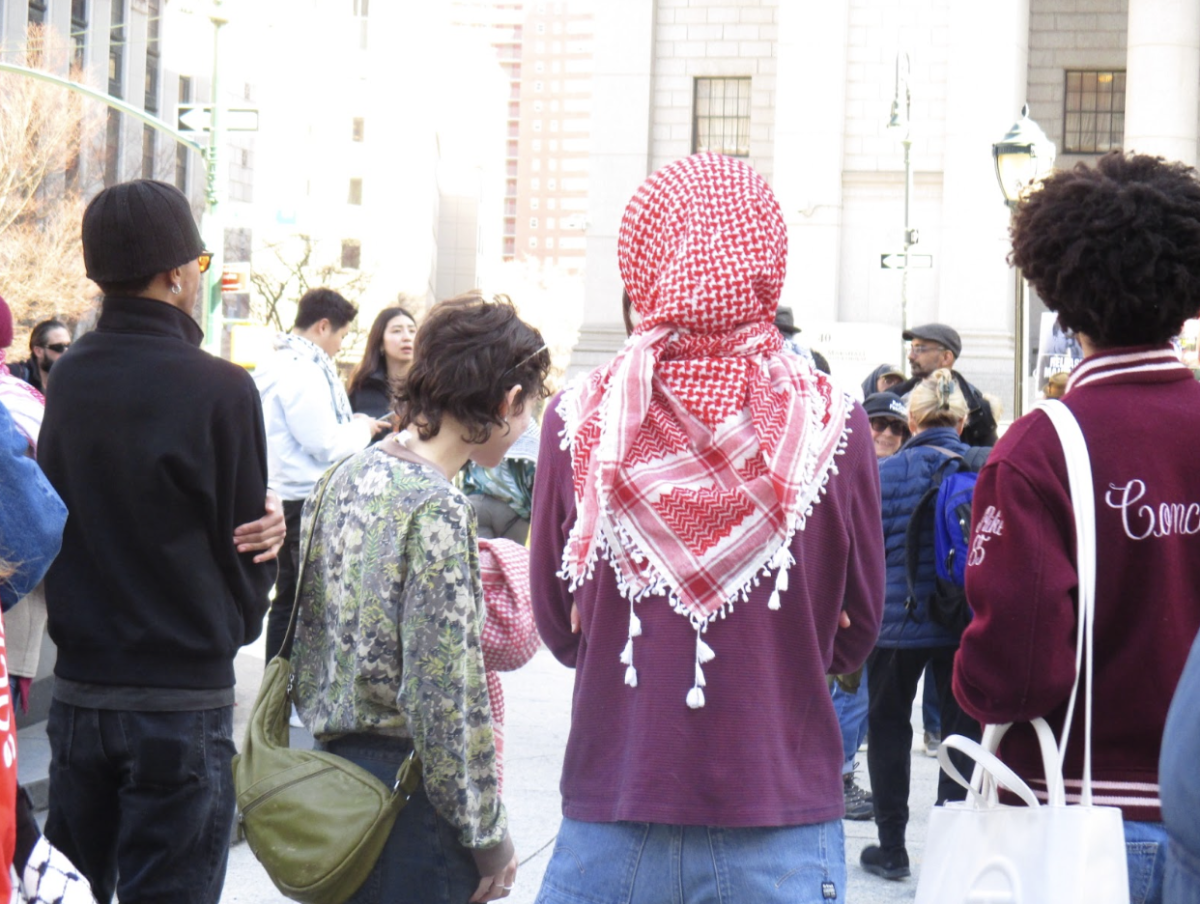
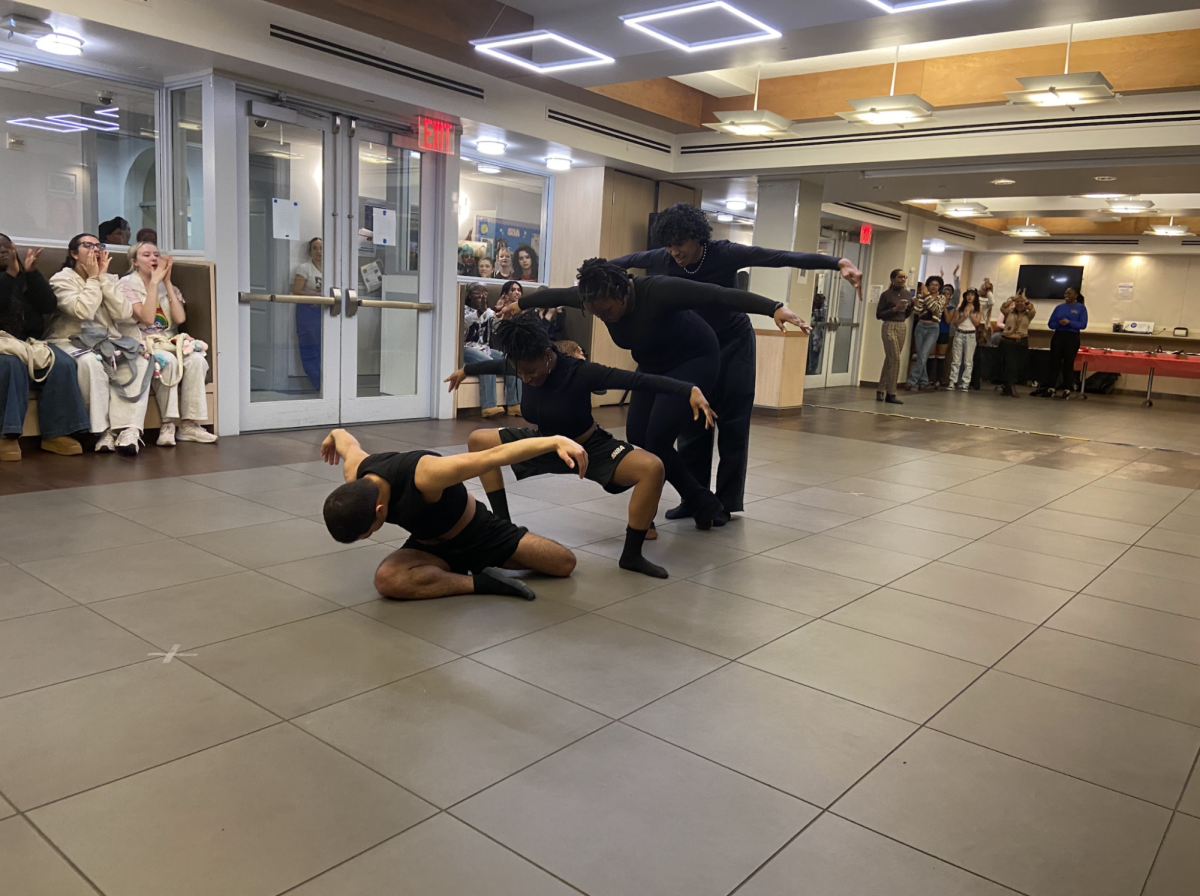
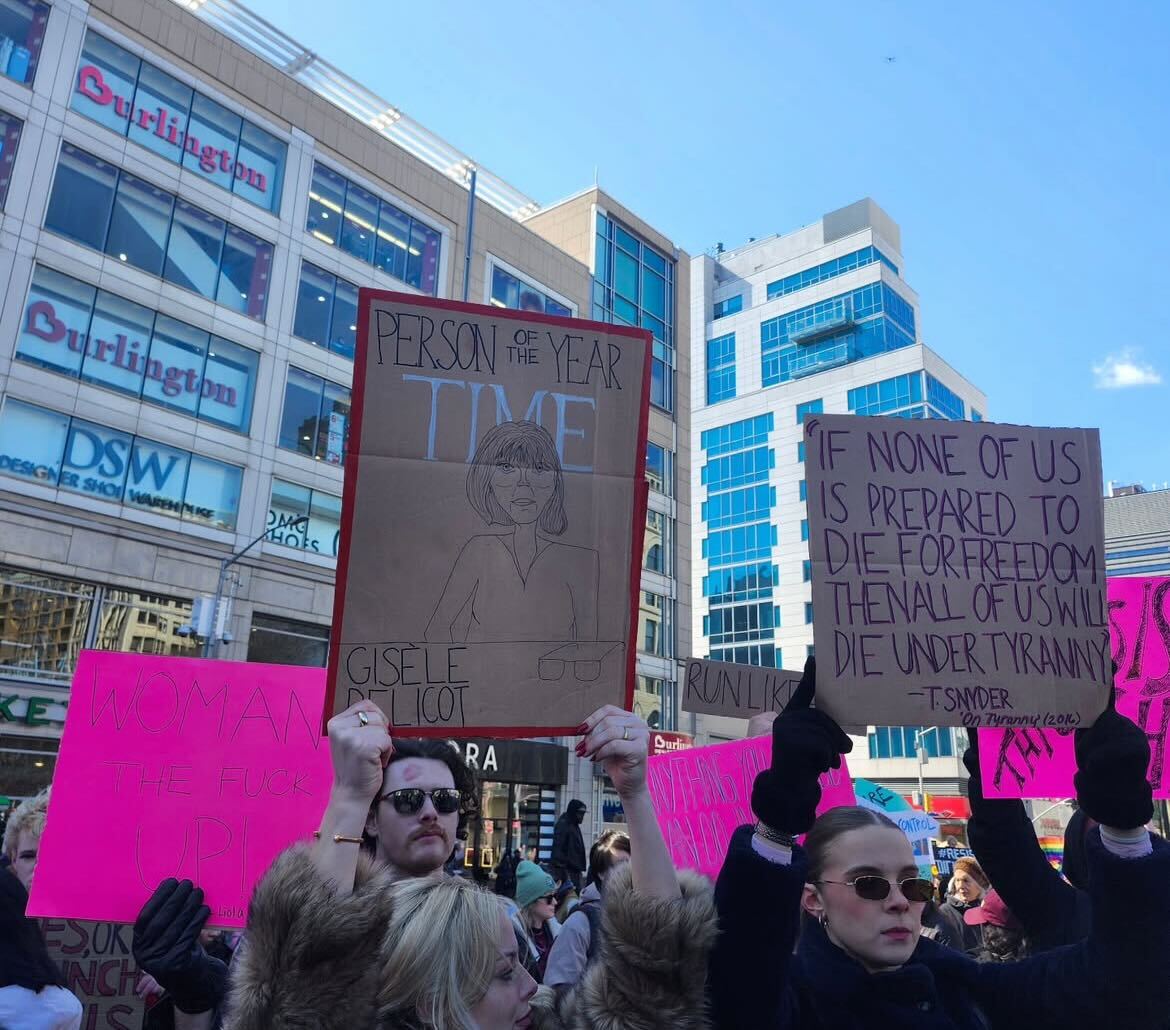


Terry McDonald • May 13, 2025 at 6:34 pm
Excellent article and I can’t wait to see the film. So excited to embrace the creativity of the next generation!!